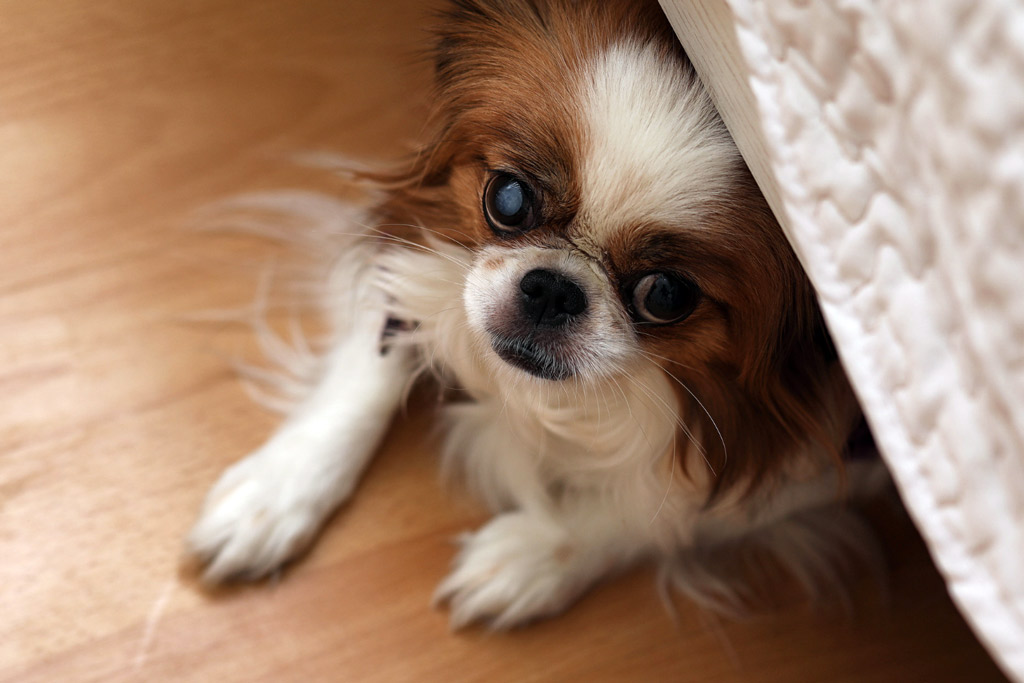
Dogs, like humans, have fears and can also suffer from anxiety. However, this doesn’t mean you can address it directly in the same way you would face your own fears. So, how do you calm your dog’s fears and anxiety?
There are many options that you can try to keep your dog calm, including natural remedies. But exercise and training are the base to reinforce their mental health and confidence.
Continue reading to discover the signs, causes, and remedies to address dog fears, phobias and anxiety.
Dog Fears and Anxiety
Let’s take a look at the signs and causes first.
Dog Fear and Anxiety Signs
Dogs communicate using body language – even if some dog’s body language is more subtle. There are several signs to look out for to determine when your dog is feeling fear or anxiety:
Here’s a list of the 12 most common anxiety signs for dogs:
- Non-stop barking or howling.
- Urine dribbling.
- Chewing everything in sight.
- Exhaling sharply (chuffing).
- Tail thumping.
- Escaping.
- Yawning constantly.
- Shaking and trembling.
- Hiding.
- Scratching.
- Tail between legs.
“Pacing, drooling, constant yawning, lip licking, scratching, and general body tension can all be signs of anxiety. These are collectively known as ‘calming signals.’ They’re also normal behaviors, but are potential signs of anxiety when they’re out of context.”
Kayla Fratt, an associate certified dog behavior consultant.
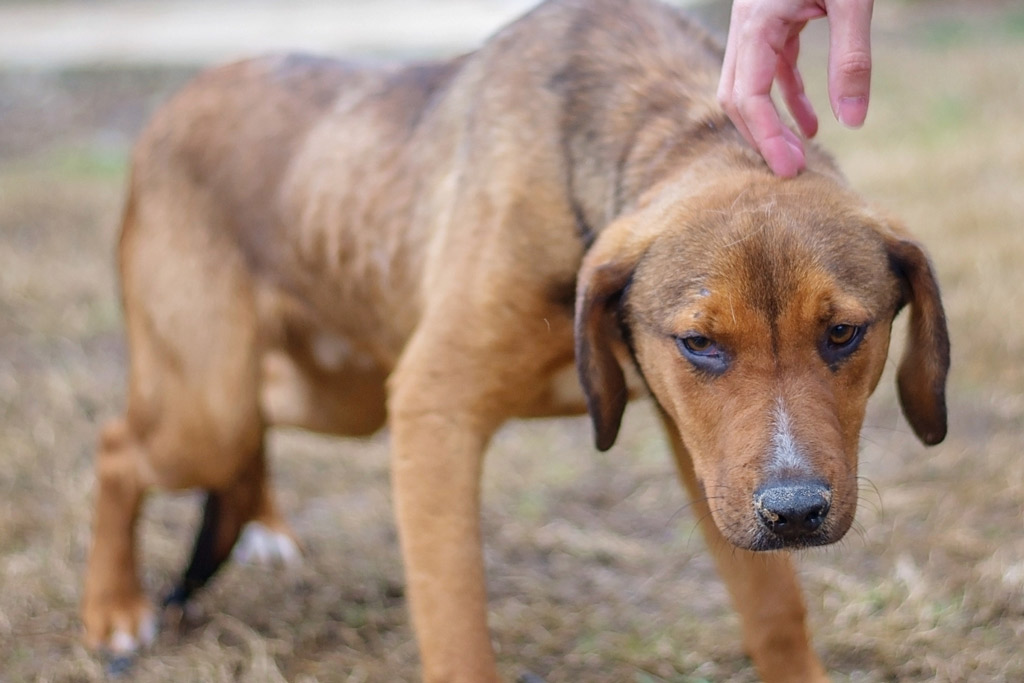
Causes of Fear
Fearful tendencies in dogs can have a single cause or be a combination of the causes.
These are the three basic causes of fear in dogs:
- Genetics.
- Lack of socialization.
- A specific situation caused a fearful response.
Fears can also spread by association, i.e. your dog relating something good with pain. For example, your dog likes playing with children but at the same time, you are teaching him to come to you with a shock collar. He will soon associate playing with children with the pain of an electric collar and could develop aggressive behaviour.
Genetics
Some dogs are born with a lower tolerance to stressors and anxiety-provoking situations because it’s been passed on to them by their parents.
Lack of Socialization
The lack of proper socialization during critical socialization periods can make your dog fearful of other dogs, pets, people and children since they haven’t become resilient in the face of unsettling situations.
Puppies progress through learning and development stages just as human children do. By exposing our dogs to different kinds of people, animals and environments, we can help them develop confidence and calm.
However, socialization is not just for puppies – you should continue with social exposure throughout a dog’s life.
A Specific Situation Caused a Fearful Response
There are many situations that can cause a fearful response from your dog,
- Moving house.
- Welcoming a new house member.
- Noises.
- A traumatic event, etc.
For example, a dog can be fearful of men because he has been abused or treated badly by a man who was his previous owner.
A cause of separation anxiety is having a history of abandonment, multiple owners, rehoming, or prior neglect.
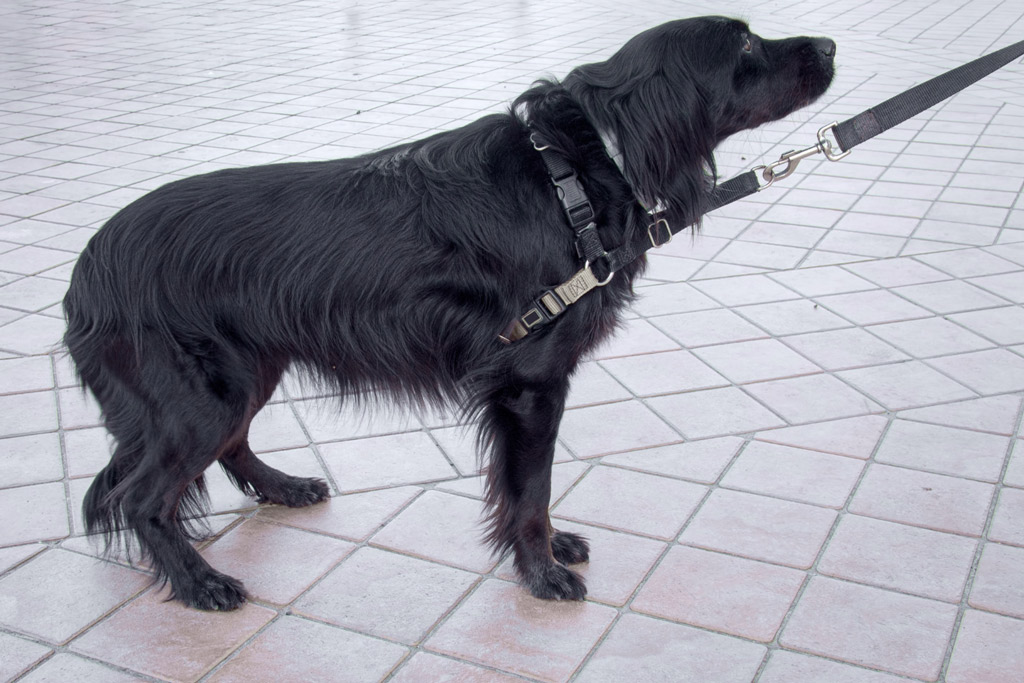
Dog Anxiety or Separation Anxiety
Anxiety is the anticipation of future dangers from unknown or imagined origins that result in normal body reactions (known as physiological reactions) associated with fear.
The most common visible behaviours are:
- Elimination (i.e., urination and/or passage of bowel movements).
- Destruction.
- Excessive vocalization (i.e., barking, crying).
Separation anxiety is the most common specific anxiety in companion dogs. When alone, dogs can exhibit anxiety or excessive distress behaviours. It’s a very common reaction for dogs who are left home for 8, 10 or 12 hours, up to five days a week.
Which brings the question – how long is too long to leave my dog alone?
The facts are:
- Dogs left alone for several hours each day can suffer from isolation distress.
- 10 to 12 hours is too long to leave a dog alone.
- Dogs need to have an opportunity to relieve themselves every 4 to 6 hours.
- Crate training your dog is recommended, but leaving him confined to his crate all day is not fair.
Finally, if you suspect that your dog is stressed, i.e. his anxiety is different to separation anxiety, check our Dog Stress: 17 Signs Your Dog Is Stressed and What To Do blog post.
Why Do Some Dogs Develop Separation Anxiety
Dogs are social creatures who get lonely and bored when forced to stay alone for long stretches. But there is no conclusive evidence showing exactly why dogs develop separation anxiety.
However, because far more dogs who have been adopted from shelters have this behaviour problem than those kept by a single family since puppyhood, it is believed that loss of an important person or group of people in a dog’s life can lead to separation anxiety.
Other less dramatic changes can also trigger the disorder:
- A change of family (having different owners).
- Being abandoned or surrendered to a shelter.
- An abrupt change in the schedule.
- Moving to a new house, with the same family.
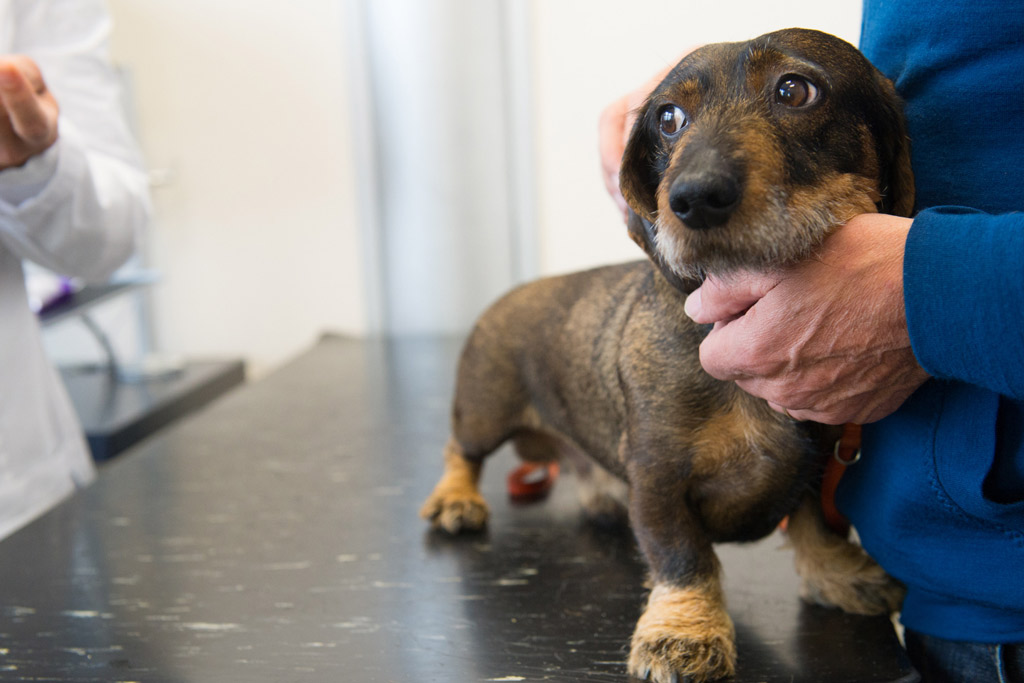
How to Calm Your Dog’s Anxiety
There are many options that will limit your dog’s time at home alone. However, finding alternatives to leaving your dog home alone will depend on:
- Your budget.
- Your freedom to manage your time during the day.
- Your family, etc.
Although it’s tempting to spend every moment you can with your lovely puppy or adult dog, it’s important that they have a time-out from you.
You want to get your dog used to separation gradually. For example, you can put them on their crate or bed for half an hour or so, two or three times a day, especially pups that still need many naps. You can keep adult dogs in a different part of the house for some time, while still having the security of seeing that you are close by.
Insider Tip: It definetly helps for your dog to just chill out if you leave him after doing some exercise and being feed. He will be more likely to take a nap.
Here are some tips to calm their anxiety when they are alone at home:
#1 – Toys and Treats
When you leave your dog at home alone, leave a treat-release toy for him to focus on in your absence or place small treats around the house for him to discover, along with his favourite toys.
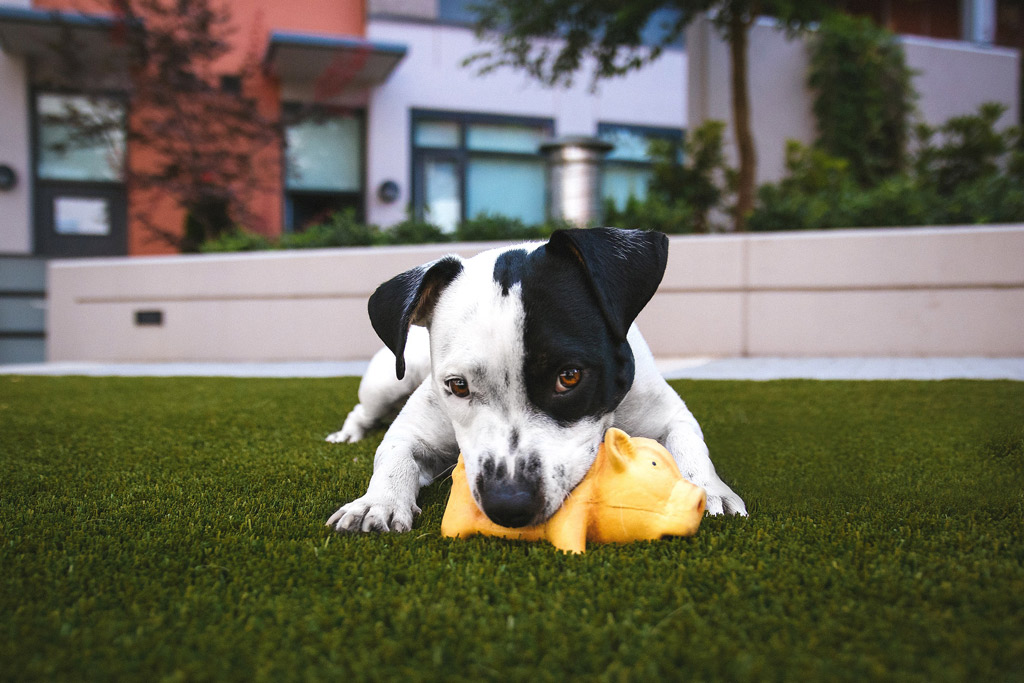
#2 – A Companion Reminder
Leave him with an article of clothing or blanket with your scent on it.
#3 – Exercise
Make sure your dog gets plenty of exercise (like an all-out 40 minute run prior to being left alone all day) and quality dog playtime. The fuller your dog’s life is when you’re around, the calmer she’ll be when you’re not. Check out our Dog Play post for some ideas about dog playtime.
#4 – Some Music
Although you want to keep all departures low-key, your dog will likely note the imminent silence if you live in a noisy household.
Leave the radio on or even record your family going about their usual daily home life and play it back when you leave your dog.
Also, you can play calm, soothing music or white noise sounds (Amazon links) before a possible stressor occurs. This may relax your dog and have the added bonus of drowning out distressing noises.
#5 – A Massage
Massaging your dog and talking softly can help. You can give your dog a home massage by rubbing her belly gently.
If your dog seems to respond well to pressure applied to her body, there are wraps available like Thundershirt anxiety jacket (Amazon link) that can be very helpful.
For example, Ttouch is a specific massage technique that can help anxious pets. Tellington TTouch is a gentle, positive method for training and healing companion animals. It has the power to reshape a dog’s behaviour through kindness and understanding.
Check out the book Getting in TTouch with your Dog: A Gentle Approach to Influencing Behaviour, Health and Performance (Amazon link) to learn more about this massage technique.
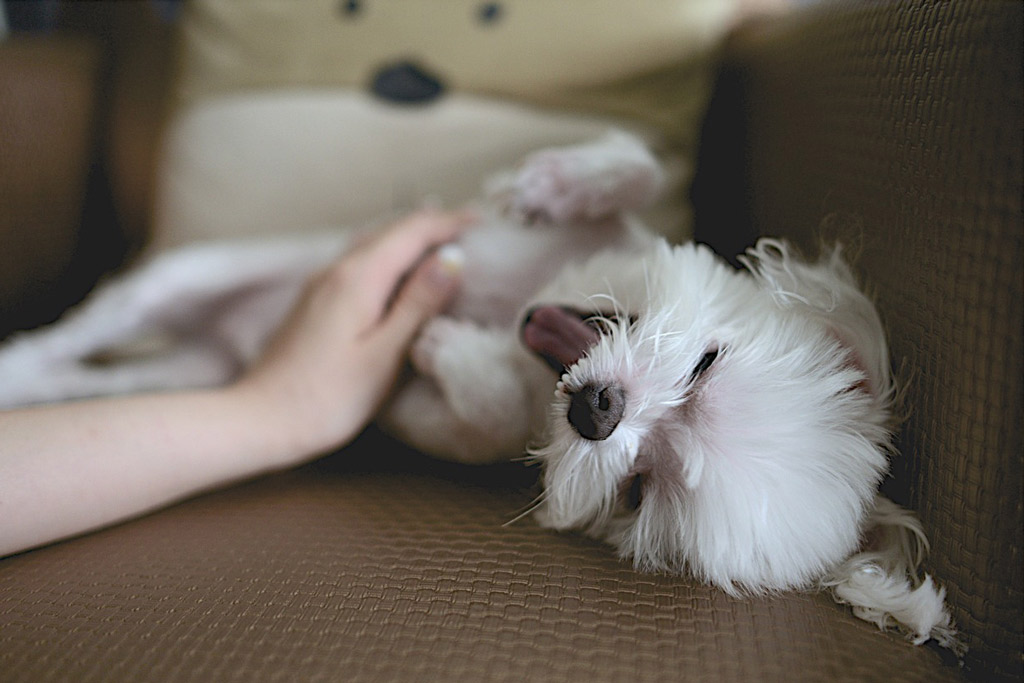
#6 – A Herbal Infusion
Calming herbs that can be of benefit include ashwagandha and chamomile. Consult your holistic veterinarian about which makes sense for your pet.
#7 – Lavender Essential Oil
The lavender essential oil has also been proven to reduce a dog’s stress response. You can place two drops on your dog’s collar or bedding before a stressor occurs. Otherwise, you can use a diffuser around your house for an overall calming effect.
#8 – Diffuser
As an alternative to lavender, Adaptil (Amazon link) it’s a well-known diffuser to curb stress-related unwanted behaviours. The diffuser emits an odourless pheromone that provides a strong signal of comfort and security to dogs.
#9 – Doggy Daycare
If your dog enjoys interacting and playing with other dogs, you can enrol your pet in doggy daycare once or twice a week.
#10 – A Dog Walker
There are a lot of dog walking services around these days, depending on where you live. If you decide to go this route, be sure to do your homework and find a reputable one i.e. hire a professional dog walker. Check my favourite dog care for more!
Alternatively, you could arrange for someone to walk your dog. This could be a friendly neighbour or anyone you know and trust who likes dogs and would be willing to give yours some attention a few days a week. You can also offer to pay a neighbourhood teen to do it, especially when they are on school break.
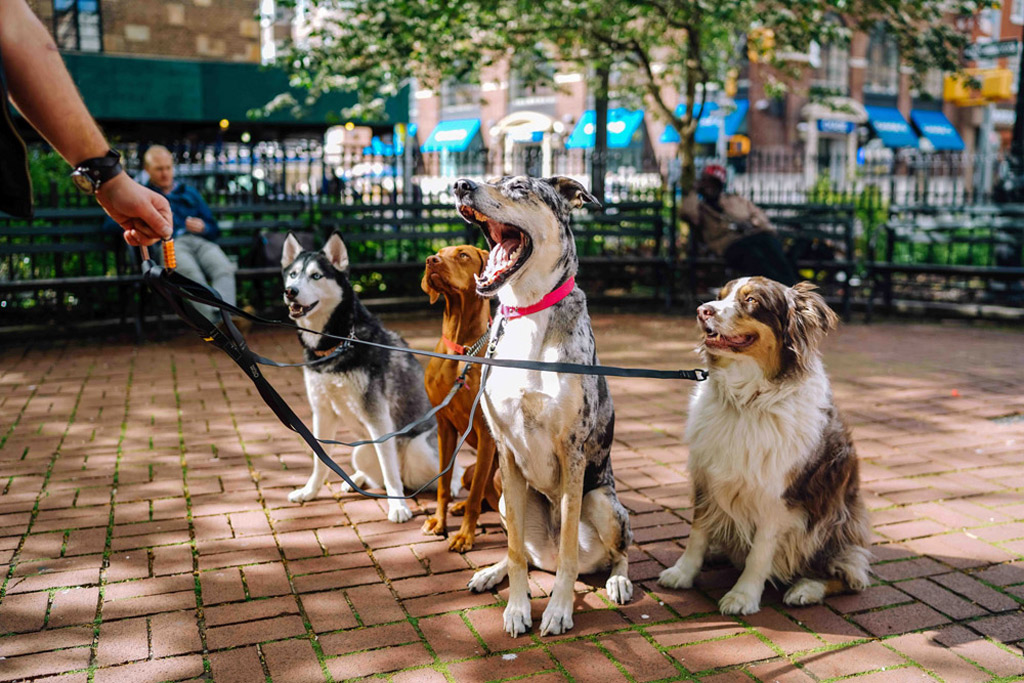
#11 – A Dog Sitter
Ask a stay-at-home family member or friend to dog-sit. Perhaps you can offer the person something they need in return, such as pet or babysitting services.
#12 – Working from Home
Depending on the kind of work you do, working from home might be an option. See if your employer will let you work from home some or all of the time.
#13 – Taking Your Dog to Work
Another alternative would be to bring your pet to work; find out if you can bring your dog to work with you. Again, this depends on your job requirements and company policy.
If you want to know more, read about the benefits of having a dog and taking him to work.
#14 – Come Home for Lunch
Finally, if your workplace is close enough, consider returning home at lunchtime to walk your dog and spend some time interacting with her.
Read also: 10 Steps to Dog Home Alone Safety and How to Keep My Dog Entertained While at Work blog posts.
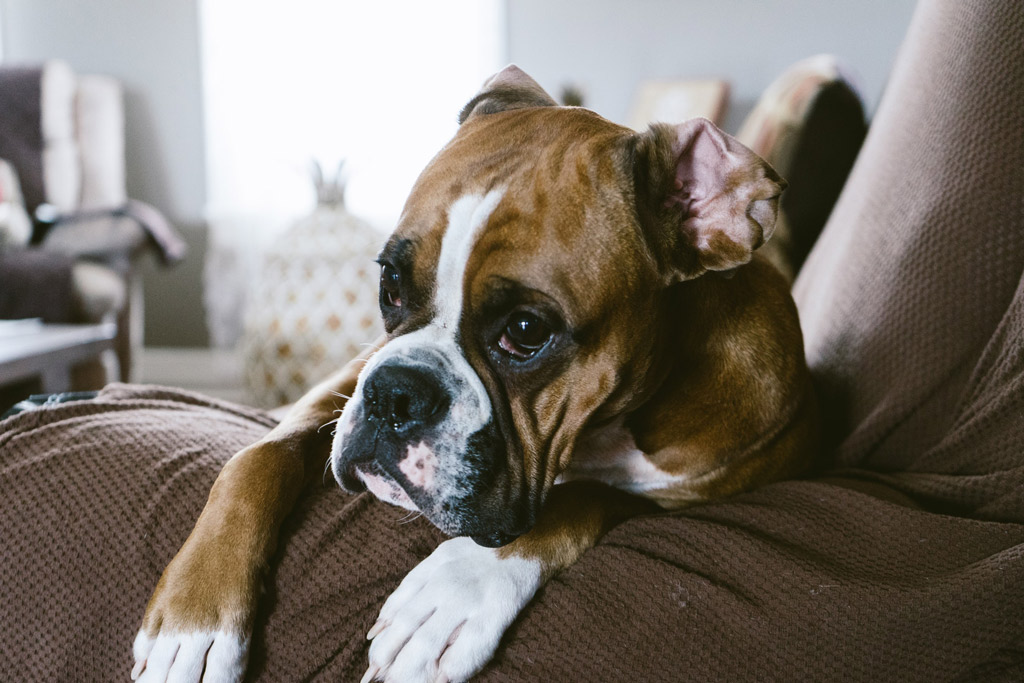
Dog Fears and Phobias
Fear is the instinctual feeling of apprehension resulting from a situation, person, or object presenting an external threat, whether real or perceived.
The persistent and excessive fear of a specific stimulus is referred to as a phobia. When a dramatic event has been experienced, any event associated with it, or the memory of it, is sufficient enough to generate a response.
The most common phobias are associated with noises, such as thunderstorms or fireworks.
Here’s a list of common dog fears:
- Fear of thunder.
- Fear of fireworks.
- Fear of the veterinarian.
- Fear of riding on a car.
- Fear of strangers.
- Fear of men.
- Fear of children.
- Fear of objects.
Fireworks Fear
The National Dog Happiness Survey asked 2,000 dog owners to rate their dog’s mood in different situations. Unsurprisingly, being scared of firework noise was the third biggest stress trigger for their dogs, followed by moving house and welcoming a new house member.
Bear in mind that fireworks travel up to 150mph at up to 120 decibels, so no wonder that dogs suffer during Guy Fawkes celebration in the U.K. and Bonfire Night celebration in the U.S.A.
“November can be a really scary time for pets, as there is so much change in their lives. Darker evenings may mean they aren’t getting the exercise they have been used to, then, over the Guy Fawkes’ period, they face evenings of loud bangs and flashes.
It’s therefore important to try to minimise their exposure to the flashes and noises, and understand that pets may be very stressed around this time…”
Claire Stallard, Blue Cross animal behaviourist.
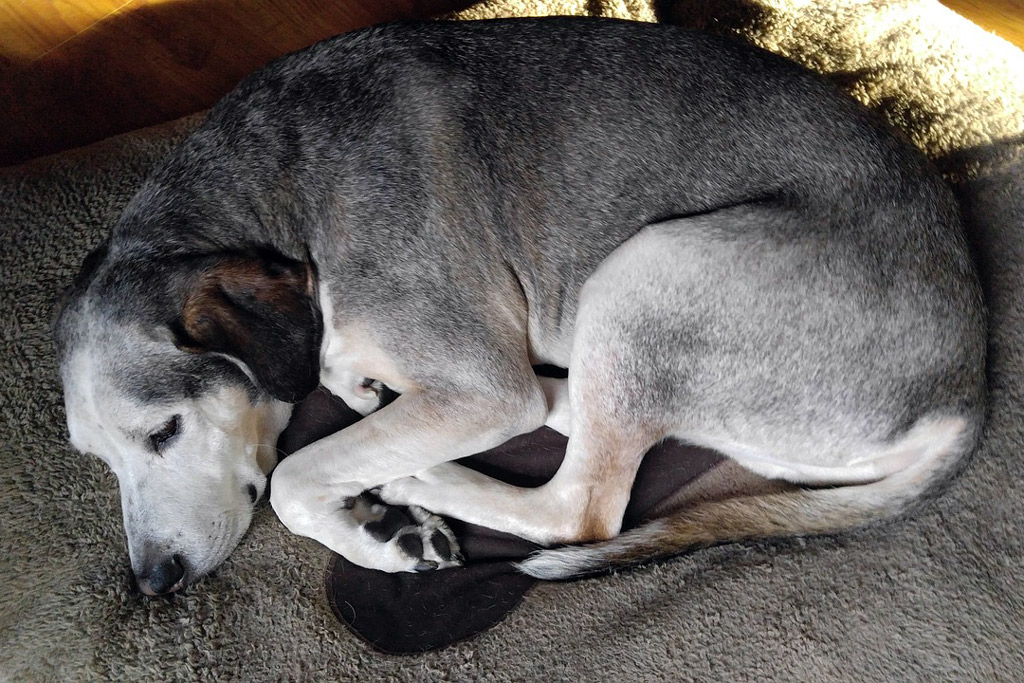
How to Calm Your Dog’s Fear
Most fear reactions are learned and can be unlearned with gradual exposure.
When treating a fearful dog:
- Note that aversive, punitive or aggressive methods should never be used when working with fearful dogs, or behaviours manifesting from fear. This will only create more fear and distrust, i.e., it will do nothing to build confidence and trust in the associated situation.
- Continue to stimulate your dog mentally and physically. Exercises like playtime, training and walks helps your dog expend energy, which releases endorphins into the brain and supports mental health.
- Follow a reward-based training to establish good structure and boundaries within the home environment as well as communication directed towards your dog. This will build your dog’s confidence and ability to succeed, plus it gives support through predictability and consistency.
The Blue Cross recommends the following ways to keep your dog at ease at during fireworks:
#1 – Walking Your Dog Earlier on 5th November
#2 – Drawing the Curtains Before it Gets Dark
#3 – Closing All Windows and Doors
#4 – Creating a Safe Zone
These are very important since 56% of dog owners said that their dogs tend to react to stress and anxiety by cowering or hiding.
So having a safe space or a den for your dog with a blanket and toys helps, especially if it’s located in a quiet place of the house.
#5 – Herbal Infusion and Essential Oils to Stay Calm
Also, you can use natural remedies to calm your dog. As mentioned above (points #6 and #7), lavender and chamomile can help your furry friend feel calm and relaxed.
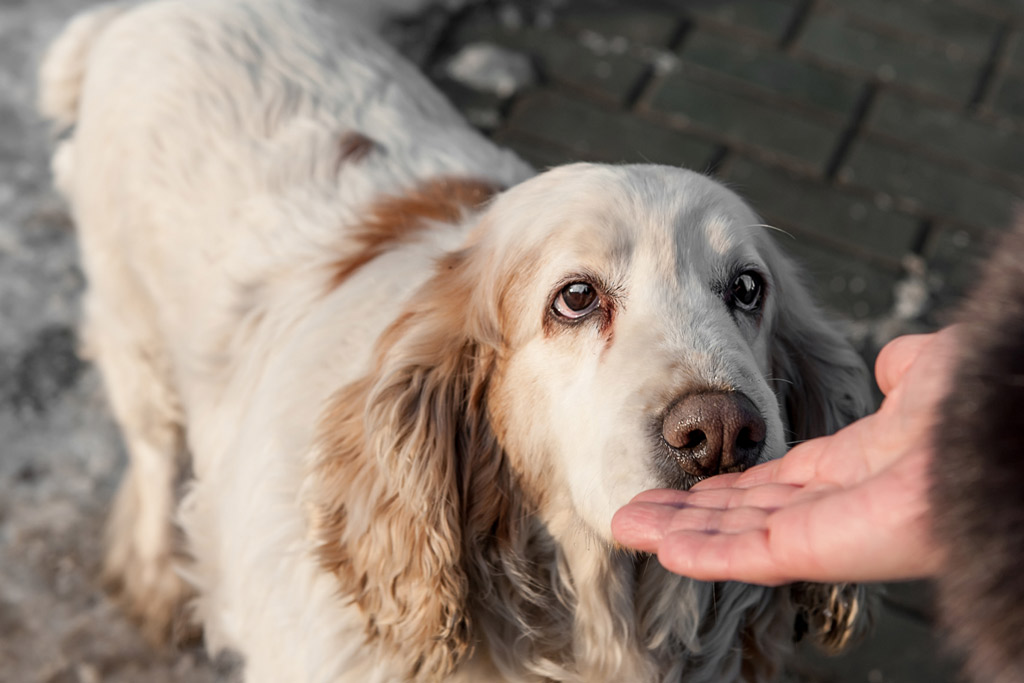
#5 – Follow a Desensitisation Process
Desensitisation means gradually exposing your anxious dog to the thing they’re scared of.
Fear in dogs is reduced when they see the frightening stimuli from a distance, where it isn’t threatening, and it is slowly and steadily brought nearer.
Listening to your scared dog and removing them from the situation would be the best first step. You can consult a dog behaviourist to know how to proceed for your dog’s particular fear.
If your dog is scared of noises like thunder or fireworks, you can expose him to the noise by playing the recorded sound in low volume first and gradually increasing it during the following days.
Also, tossing treats or toys to a fearful dog can teach him to associate approaching strangers with something good, as long as the treat is high-value and the visitor is far enough away to avoid overwhelming the dog.
Finally, you want to address these behaviours because you don’t want them to escalate until they become deep-rooted. This will have bigger consequences, such as aggression, and your dog might end up being very unhappy and stressed a lot of the time, which is unpleasant for both of you.
P.S. The keys to a happy and healthy dog have much to do with both behaviour and care. The 5 pillars to a happy and healthy dog is a great next step to take.
